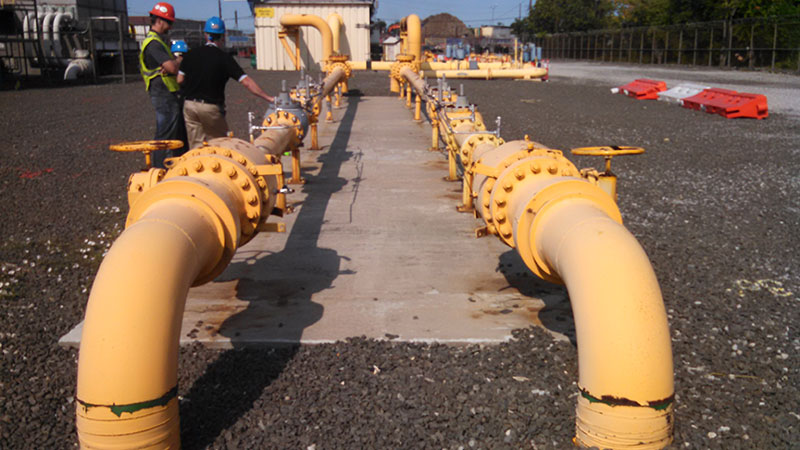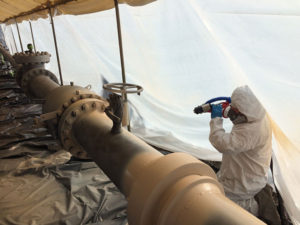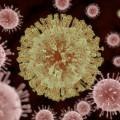
HUNTS POINT COMPRESSOR STATION Credit: Nukote Coating Systems
The Southwest Pennsylvania Environmental Health Project recently visited New York State to report on phase one of our New York Environmental Health Study. This study focuses on air exposures and potential health effects resulting from the transmission of natural gas across the state, including the compressor station located at 332 Hunts Point Avenue Bronx, NY.
EHP’s work and the work of other researchers shows that industrial sites such as these pose a serious health risk to those living nearby, especially to children, the elderly and individuals with chronic health problems. However, we believe these risks can be substantially mitigated if there is sufficient political will to do so.

HUNTS POINT COMPRESSOR STATION Credit: Nukote Coating Systems
The primary risks for nearby residents are from the mix of particulate matter (PM), volatile organic compounds (VOCs) and up to 70 chemical air pollutants reported to the New York Department of Environmental Conservation and the National Emissions Inventory. Particulate matter (especially the finer particles such as PM2.5) is a known health hazard that effectively binds with other air toxicants.
Short-term exposure can cause headaches, dizziness, fatigue and numerous respiratory problems. Over time, these exposures may increase the risk of asthma, COPD, endocrine disruption, poor birth outcomes and cancer.
Because particulate matter has the capacity to synergize with multiple chemicals, we strongly recommend that the natural gas industry employ the best available control technology to remove particles and thereby reduce exposures.
If emissions are not mitigated, it will fall to residents, schools, daycare centers and others in the path of emissions to understand the health implications of exposure and protect their health by filtering indoor air as best they can, while also monitoring air quality each day to identify days when outdoor activities should be limited.
Celia Lewis, MS, ED, Ph.D
Research and Communications Specialist
David Brown, ScD
Environmental Public Health Scientist

















Follow Us